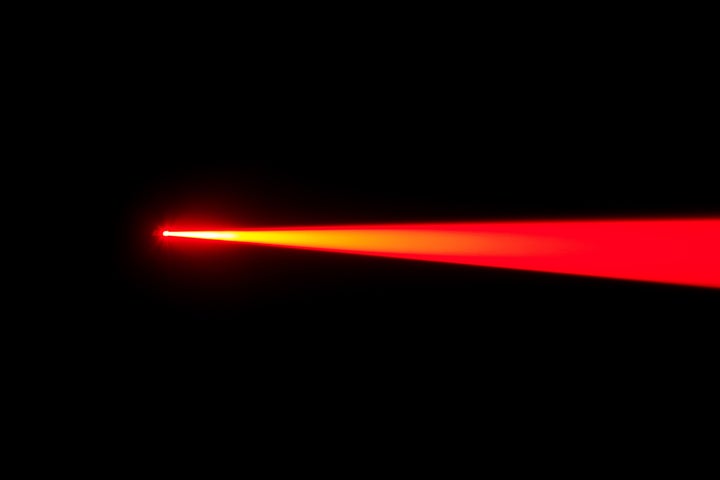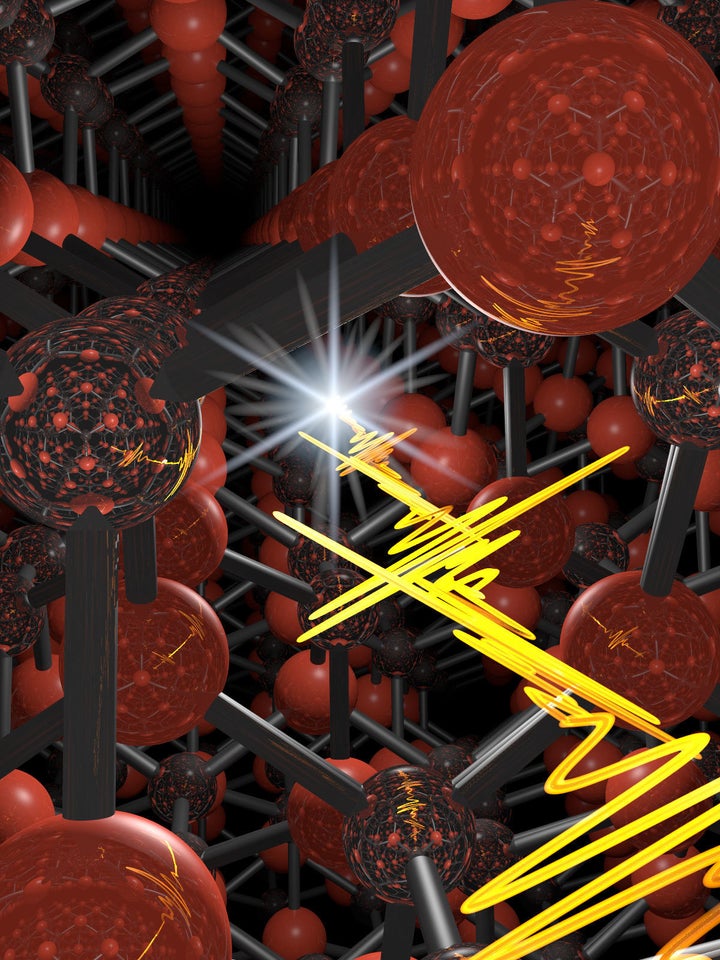When you consider what today’s computers are capable of, it’s fairly mind-boggling to imagine what a computer would be like that’s 100,000 times faster.
Yet this could eventually become a possibility after researchers at the University of Michigan found a way to transport electrons without any of the barriers that you find in conventional electrically powered computers.
They’ve done it using ultrashort pulses of laser light, a breakthrough that could eventually herald the creation of computers capable of operating at speeds not thought possible.

So how does it work?
A conventional computer works by moving electrons through a semiconductor. Now while it works well enough there is an unfortunate side-effect which is that occasionally these electrons collide, creating energy and in turn heat.
It’s one of the key reasons computers require so much cooling power and it’s precisely why huge silicon valley companies like to build their servers as far north as possible.
Unlike a conventional computer however, the research team have proposed that ‘lightwave electronics’ could bypass this problem entirely.

Instead the electrons would be directed using ultrashort laser pulses, increasing the speed and accuracy of the electrons while guaranteeing that they won’t collide and cause unnecessary heat.
The pulses would be sent through semiconductor crystals at unbelievably high speeds. Each pulse would last 100 femtoseconds, or 100 quadrillionths of a second.
“There are fast oscillations like fingers within a pulse. We can move the position of the fingers really easily by turning the crystal,” said Mackillo Kira, whose group worked with researchers at the University of Marburg, Germany, to interpret Huber’s experiment.
The experiment also holds exciting possibilities for another even more advanced form of technology: Quantum computing.
Because the pulses are so quick they can intercept an electron between being put into an excited state and coming down from that state.
“For example, here we managed to launch one electron simultaneously via two excitation pathways, which is not classically possible. That is the quantum world. In the quantum world, weird things happen,” Kira said.
